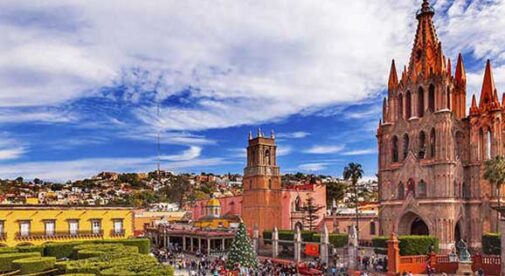Who had “global pandemic” on their travel planning pros and cons list back in 2018?
My wife, Karen, and I surely didn’t when we sold everything we owned and left Seattle in August 2018 to begin an onward travel lifestyle. At the time, our plan was to visit countries for one to three months, learn about the cultures, and then move on. We both work remotely, so we thought our biggest challenge would be finding fast and reliable Wi-Fi.
[question_evergreen]
The plan was working perfectly: nine months in Mexico, three months in Ecuador, five months in Peru, and one month in Chile, before hopping the border to Mendoza, Argentina, and continuing down to San Carlos de Bariloche, Argentina—where everything came to a screeching, pandemic-driven halt. We were in strict lockdown for four-and-a-half months, only permitted outdoors three days a week to visit a market or pharmacy. Needless to say, we were restless and concerned about how long the lockdown would last.
After several weeks of monitoring unscheduled flights from Buenos Aires, we finally found one to Edinburgh, Scotland, and were on our way again. Restrictions had lifted in Scotland, so we were happy to resume our travel lifestyle. The pandemic may have temporarily pumped the brakes on our plans, but we remained steadfast in our desire to travel, enjoy, and learn.
Our Favorites (Up Until Now)
We have visited nine countries to date: Mexico, Ecuador, Peru, Chile, Argentina, Scotland, England, South Africa, and Kenya. Restrictions and curfews existed during our stays in Argentina, the UK, and Africa, but everyone followed federal and local rules to a T, so we have been virus-free for the past two years, enjoying our stays in each country. We have no intention of ending our onward travel adventure, so we’ll continue to roll with the punches, adhering to whatever limitations come our way.
Why keep going? Once you get a taste of onward travel, it’s extremely difficult to stop. The experiences have been rich, rewarding, educational, and enlightening—and that’s after only visiting nine countries. In assessing our first 43 months of global travel, we’ve developed a list of favorites for weather, food, people, cost of living, and culture; a challenging exercise since we’ve enjoyed every country we visited for a variety of reasons.
Weather: Searching for “Just Right”
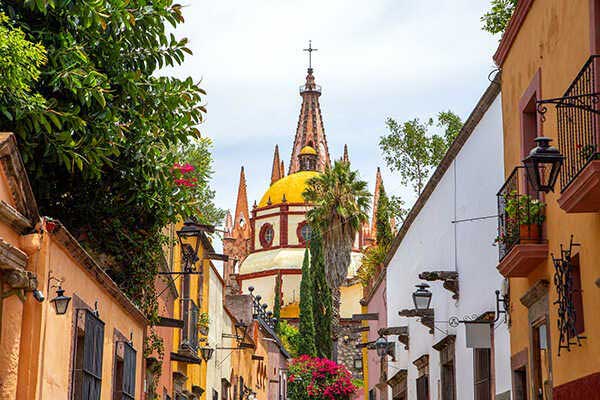
Warm weather is a primary goal. Emphasis on warm because we’re taking the Goldilocks approach: not too hot, not too cold, but just right. The hands-down winner is San Miguel de Allende, Mexico, and for one simple reason: the weather is consistently wonderful. Temperatures are in the 60s F to 70s F during the day and in the 40s F to 50s F at night. We’ve visited San Miguel de Allende from October through February, and the sun is out, the sky blue, and the clouds puffy—every day. Rarely does it rain during winter months (once in four months during our recent visit). According to friends who live here, it gets a touch warmer in the summer, and there are overcast and rainy days in the fall. What we’ve seen so far makes San Miguel de Allende as close to perfect when chasing “just right.”
One reason San Miguel de Allende has glorious weather is the 6,500-foot elevation. Go to either coast of Mexico and you’ll experience heat, humidity, and mosquitoes that can put a crimp in your day and remove the crimp from your hair. Countries with elevation allow you to escape the heat and humidity by going up. This affords the opportunity to visit multiple climates in one country, often within a day’s drive.
Food: Bonanza of Global Flavors
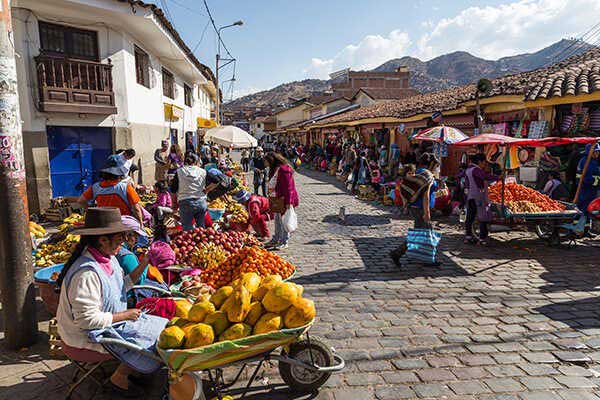
This is a tough one, and we give the slightest edge to Mexican fare over Peruvian dishes and the Cape Malay cuisine we enjoyed in Cape Town. We had the best tacos of our lives and fell in love with cochinita pibil, a shredded pork dish, in Mérida, while Oaxaca delivered hundreds of options for delectable mole poblano, a rich sauce made from roughly 25 different ingredients that leads to thousands of variations. If you want mole sauce, get thee to Oaxaca!
Peruvian ceviche is out of this world, and lomo saltado, a soy-marinated beef that’s wok-fried with slices of onions, tomatoes, and aji chilies, was a staple for me. While it seems simple enough, preparation of lomo saltado varies, which means you never have the same recipe twice. And then there were causas. The best way to describe this unique-to-Peru dish: layered cakes of exquisiteness! Causas are made with flavored mashed potatoes as the layer ingredient, and in between the layers can be shredded crab meat or chicken, avocado, egg salad … the list goes on. Try them once and you will be salivating until your next causa!
Cape Town is renowned for its seafood, and rightfully so since it’s located on the Atlantic Ocean. It’s quite a foodie city (and the best coffee-culture city we’ve visited, by far) with dozens of international food options. What elevated Cape Town into the top tier was Cape Malay cuisine. Savory spices, curries, and coconut milk are common in many dishes. I’m not a fiery-hot spice guy, yet I loved the spice profile of every Cape Malay meal, especially butter chicken!
[retirement_index_signup]
People: Friends for Life
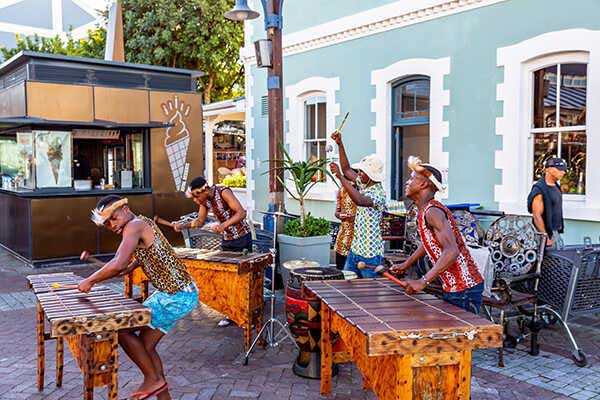
We enjoy onward travel because we’re never in vacation mode, which gives us an opportunity to slow down, immerse in a culture for several weeks or months, and get to know our neighbors. Three cities top the list, primarily due to making lifelong friends: San Miguel de Allende, Cape Town, and Cusco, Peru.
The art, music, and food scene in San Miguel de Allende is unlike any city we’ve visited so far. It’s known as an expat destination, and that’s accurate; but friends we’ve made are local chefs, musicians, and artists. We’ve had them over for dinner, we’ve spent hours in their galleries and at their shows, and we consistently bump into them when roaming the cobblestoned streets. San Miguel de Allende has a small-town vibe, and community ties deepen when you make friends who consistently introduce you to more friends-to-be.
Cape Town is unique! One woman noticed our “American” accents and thanked us for helping the pandemic-strapped local economy. A mother invited us to dinner after a 15-minute conversation at her daughter’s artisan shop, and another couple invited us to a family dinner after chatting for a few minutes at the Cape Point Light House. Two dinner invites in less than two weeks? That’s never happened in my 58 years! And because we work at cafes often, a lot of friends are baristas and wait staff. Two were hard to say goodbye to when we left (tears were shed), and another told us we couldn’t leave because we were part of the café family.
Cusco made an indelible imprint on our souls thanks to its connection to Pachamama (Mother Earth). Their respect for the planet and their willingness to teach us about their connection to it will be something we take forward the rest of our days.
Cost of Living: Choose Right, Reduce Expenses

When crunching numbers in 2017 to evaluate onward travel options, I was surprised to learn major metropolitan cities in Central and South America were significantly less expensive than those in the United States, which was a primary reason we began our journey there. Except for our time in Scotland, which was similar to the cost of living in the U.S., we reduced our monthly expenses (which includes travel expenses) by 40% to 50%.
We spent significantly less in Mexico’s and South America’s major cities (Mérida, Mexico City, Quito, Lima, and Santiago), yet still enjoyed the metropolitan lifestyle we had experienced in Seattle—modern apartments, amazing restaurants, a variety of shopping options, high-quality grocery markets, and an abundance of cultural experiences.
However, the country with the lowest cost of living was Argentina. We only stayed in smaller cities (Mendoza and Bariloche), but the savings were tremendous—60% below our monthly expenses back in the U.S. Fine-dining experiences in Seattle that would cost $200 for appetizers, entrees, drinks, and desert were less than $40 for the same level of cuisine. Needless to say, we dined out often. Our monthly rent in Bariloche? Only $435 for a one-bedroom loft.
During our stay in South America, we paid off our debt and began building our savings, which allowed us to absorb the expensive stay in Edinburgh.
Cultural Experience: One Stands Above the Rest
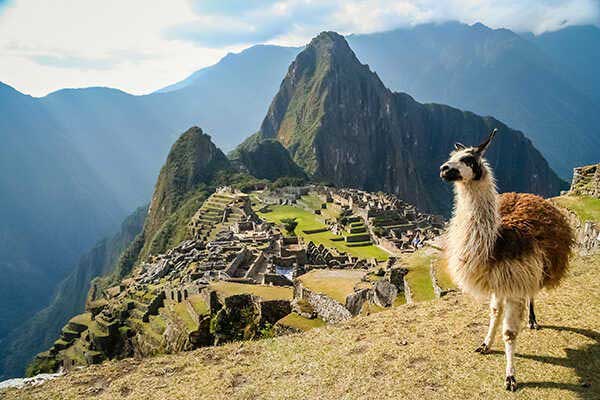
We treasured our time in Peru for one simple reason: preservation of cultural heritage. The cultural landmarks throughout the country astound—from the archeological sites of El Brujo and Chan Chan near Trujillo to the 5,000-year-old UNESCO World Heritage Site of Caral (the oldest cultural site in the Americas and one of the oldest in the world) to Cusco and the magnificence of Sacsayhuamán to the world-famous Sacred Valley sites of Ollantaytambo, Pisac, and Machu Picchu, Peru celebrates and shares its vast cultural heritage more than anywhere else we’ve visited.
One visit to the Larco Museum in Lima will encourage you to extend your visit (we stayed two months longer than planned) to learn about the cultures that settled throughout the country—not just the Inca Empire, which existed only for 300 or so years ending in the mid-1500s. The respect for cultural history and its importance to modern-day Peru thrives, and you can’t help but experience it throughout the country.
We reserve the right to revisit this list as we continue our travels in the coming years. And we look forward to sharing our observations with International Living readers as our journey leads us around the world.
[retirement_index_signup]
Related Articles
Planning Your Roving European Retirement
The World’s Best Places to Retire
The Cheapest Places in the World to Live
[post_takeover]
[lytics_best_articles_collection]

